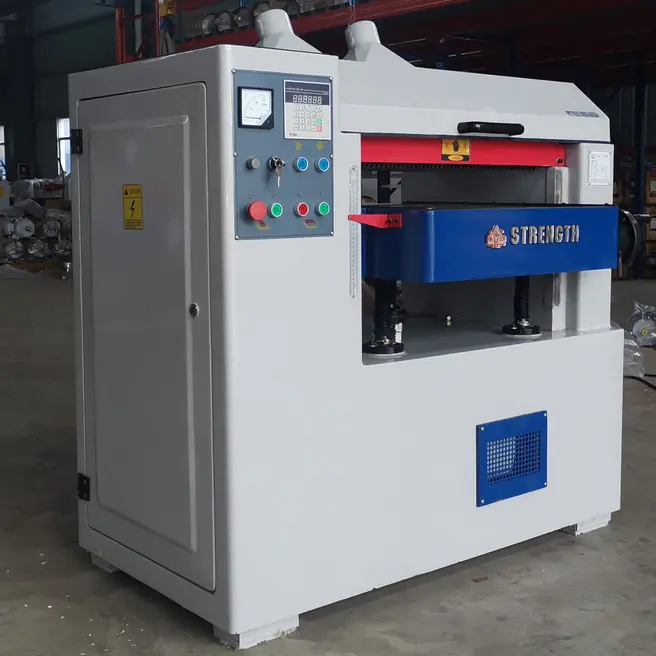A wood plane is an essential multi-purpose tool for woodworking projects. They are used to create a smooth, flat surface on wooden boards, making them an indispensable tool for carpenters, furniture makers and DIY enthusiasts. The versatility of wood planers lies in their ability to perform a variety of tasks, from thickness and smoothing to shaping and chamfering. In this article, we’ll explore the different applications of wood planers and how you can use them to enhance your woodworking projects.
One of the main applications for wood planers is thickening. When working with raw or reclaimed wood, a planer is necessary to achieve a consistent thickness throughout the material. Planers allow the woodworker to adjust the thickness of the wood to the desired size, ensuring that all pieces are even and ready for further processing. This is especially important for projects such as architectural furniture, where precise measurements are essential for a professional finish.
In addition to thickening, wood planes are also used to smooth rough surfaces. After the wood is cut and shaped, the surface may be uneven or defective. A wood planer can quickly and efficiently remove these imperfections, leaving a perfect surface for finishing. This is especially useful for creating tabletops, cabinets, and other furniture, where a smooth, even surface is critical to the final product.
A wood planer can also be used to shape and chamfer edges. By using different blades and adjusting settings, woodworkers can create decorative edges and contours on boards. This adds a unique and personal touch to woodworking projects, allowing for creativity and customization. Whether creating a beveled edge on a tabletop or adding decorative details to cabinets, wood planes offer endless possibilities for shaping and enhancing the look of wood.
Another important application for wood planers is during the jointing process. Joining involves creating a straight and flat edge on a piece of wood, which is essential for joining multiple pieces of wood together to form a larger structure. Wood planes are used to achieve precise and straight edges, ensuring seamless joints. This is essential for building furniture, doors, and other wooden structures that require strong, stable joints.
Additionally, wood planes can be used to resurface old or worn wooden surfaces. Whether you’re restoring old furniture or reclaiming reclaimed wood, a planer can remove damaged or weathered layers to reveal the fresh, smooth wood underneath. This allows woodworkers to breathe new life into old materials and create stunning pieces that are rich in history and character.
All in all, wood planers are incredibly versatile tools that offer a wide range of applications for woodworking projects. From thickness and smoothing to shaping and joining, wood planers play a vital role in improving the quality and precision of woodworking. Whether you are a professional or amateur woodworker, having a wood planer in your workshop opens up a world of possibilities for creating beautiful and functional wood products. With its versatility and ability to transform raw wood into a refined finish, a wood planer is an indispensable tool for any keen woodworker.
Post time: Jul-29-2024

